7 Money-Smart Ways to Spend Your Tax Refund
Nearly 60% of taxpayers expect a refund this year, and many will receive a larger amount.
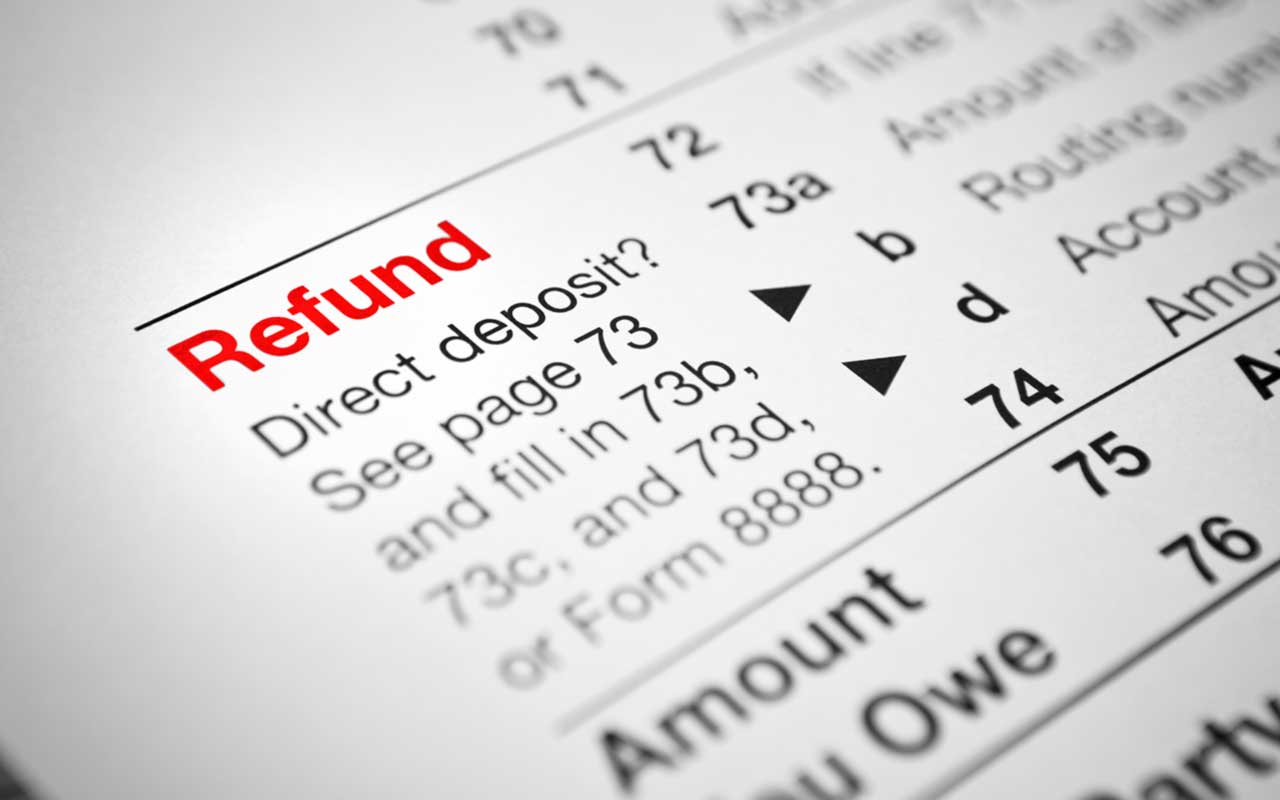

The average federal tax refund so far this year is $3,103 – up 8% from the same period in 2021. But instead of using the money for a summer vacation, many people who are struggling with rising inflation will need to use their refunds to pay for gas and groceries.
If you're fortunate enough to have the essentials covered, you may be tempted to treat yourself to dinner at your favorite restaurant or a nice bottle of wine. Fine. But once you've scratched that itch, consider these ways to put the rest of your tax refund to work for you.
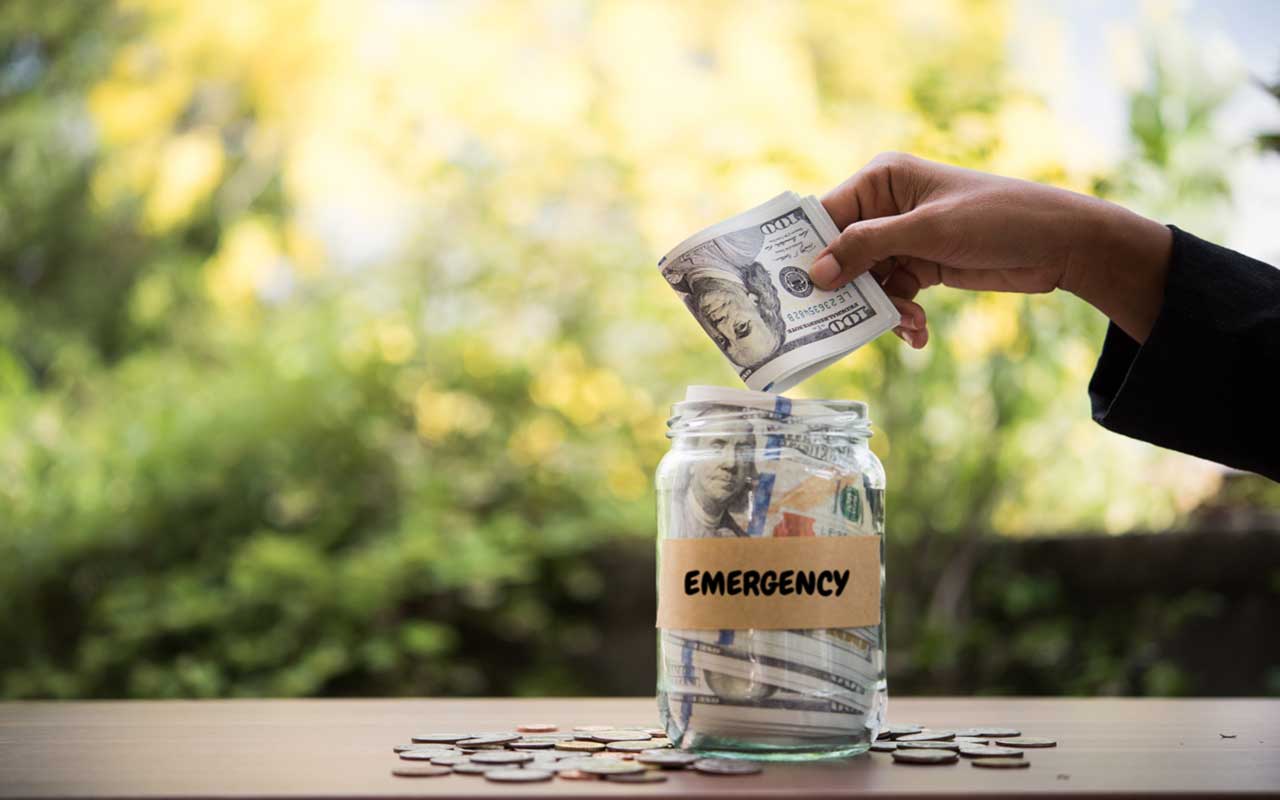
Shore Up (or Start) Your Emergency Fund
Even if you're fully employed now, there's no guarantee that your hours won't be cut, your salary reduced, or your job eliminated down the road. That means it's more important than ever to have money set aside for emergencies. That way, you won't have to run up credit card debts or raid your retirement savings to pay the bills until you get back on your feet.
Aim for six months of living expenses — more if you're the sole provider for your family. Interest rates are still low right now, but you can eke out higher rates by putting your savings in an online bank account. Look for one with no minimum balance requirement or monthly fees.
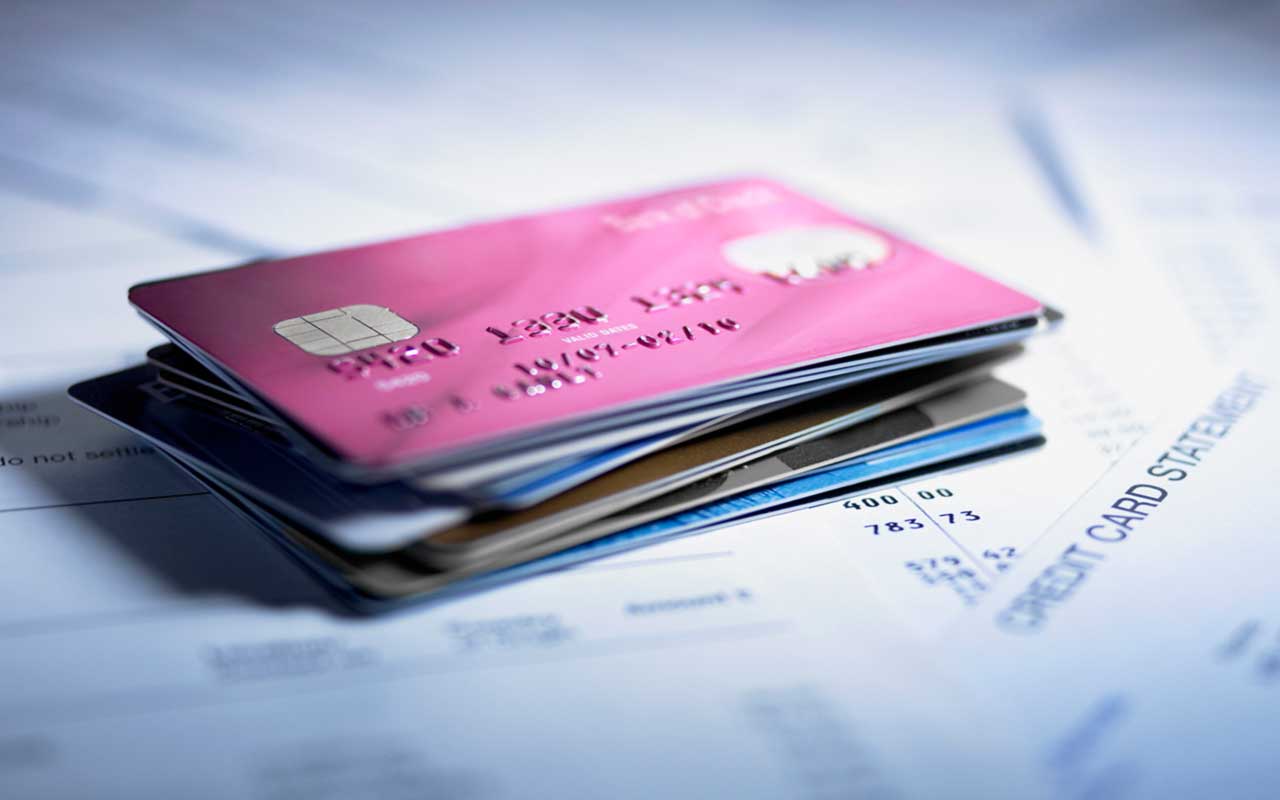
Pay Off High-Interest Debt
In an effort to curb inflation, the Federal Reserve is expected to hike short-term interest rates several times this year, and that means credit card rates will rise, too. The average credit card interest rate is already a hefty 16.36% as of April 20, 2022, according to CreditCards.com. Pay off your unpaid balances and you'll get a return on your investment a successful hedge fund manager would envy. If you're able to pay off the entire balance, you'll also eliminate a monthly expense, which will give you some breathing room if you lose your job.

Save for Retirement
If you have a Roth or traditional IRA, consider putting some of your refund money in the account now so you'll have more money when you retire. If you don't already have an IRA, think about getting one. The maximum amount you can contribute to your IRAs in 2022 is $6,000 — $7,000 if you're 50 or older — so you can stash your entire refund there if you don't need it for anything else.
If you're not inclined to build your own portfolio, consider investing in a target-date fund, which will invest in a mix of stocks and bonds, based on how many years you're away from retirement.

Invest in a 529 College Savings Plan
Contributions to a 529 college savings plan grow tax-free, and withdrawals aren't taxed if you use them for qualified expenses, such as college tuition and room and board. You can invest all or a portion of your tax refund — 529 plans typically have very low minimums. Plus, your state may give you a tax deduction or credit if you invest in your own state's plan. If your children are young, you have many years for investments in the plan to compound and grow. To research plans, go to savingforcollege.com.
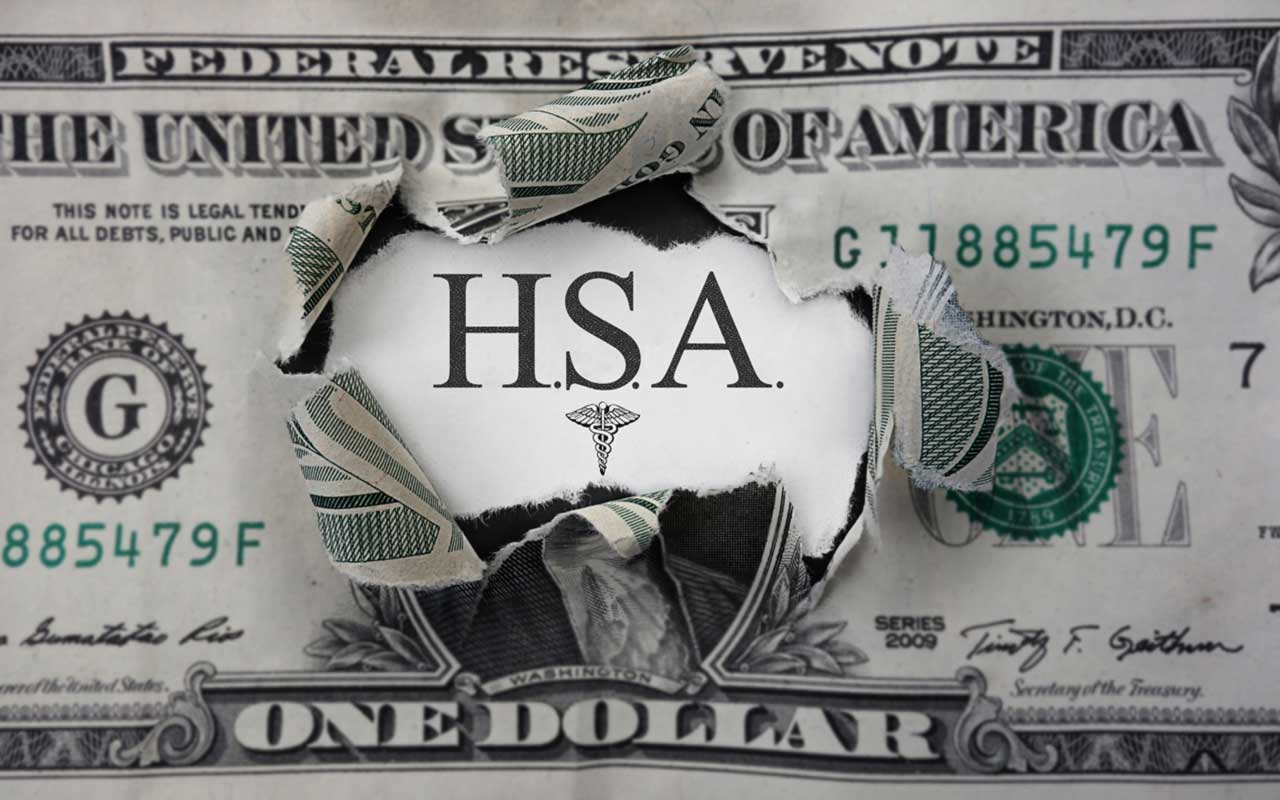
Protect Yourself from Unexpected Health Care Costs
If you have a high-deductible health insurance plan (a deductible of at least $1,400 for single coverage or $2,800 for family coverage), you can contribute to a health savings account. An HSA gives you a triple tax break — your contributions are tax-deductible (or pre-tax if through your employer), the money grows tax-deferred, and you can use it tax-free to pay out-of-pocket medical expenses in any year (there's no use-it-or-lose-it rule).
The CARES Act increased the types of expenses that are eligible for tax-free withdrawals from your HSA. In addition to health insurance deductibles, co-payments, prescription drugs and medical expenses that aren't covered by your insurance, you can use tax-free withdrawals to pay for most over-the-counter medications and feminine-hygiene products. Although health-insurance premiums are typically not considered qualified medical expenses, there's an exception if you use withdrawals to pay COBRA premiums or for other health-insurance premiums if you're collecting unemployment benefits.

Protect Yourself from Natural Disasters
Hurricane season is almost here, so if you live in a vulnerable area, consider using your refund money to protect your home. A home generator will keep the lights on and the food cold during a power outage. A 6.5 kw portable home generator costs about $800 to $1,000. You also can use the money to pay someone to trim your trees, which will help protect your home from some of the most common types of storm damage.

Upgrade Your Home Office
If the COVID-19 pandemic still has you working from home, you're probably well aware by now of the inadequacies of your home office. Use your refund to buy a standing desk — the Uplift V2 can be customized for a wide range of heights and retails for about $550. Is your back acting up? Maybe you need a new chair. The Alera Elusion Mesh Mid-Back Swivel/Tilt Chair, which retails for about $160, features a contoured seat cushion that's designed to relieve pressure on your legs.
Profit and prosper with the best of Kiplinger's advice on investing, taxes, retirement, personal finance and much more. Delivered daily. Enter your email in the box and click Sign Me Up.

Block joined Kiplinger in June 2012 from USA Today, where she was a reporter and personal finance columnist for more than 15 years. Prior to that, she worked for the Akron Beacon-Journal and Dow Jones Newswires. In 1993, she was a Knight-Bagehot fellow in economics and business journalism at the Columbia University Graduate School of Journalism. She has a BA in communications from Bethany College in Bethany, W.Va.
-
 Dow Adds 646 Points, Hits New Highs: Stock Market Today
Dow Adds 646 Points, Hits New Highs: Stock Market TodayIt was "boom" for the Dow but "bust" for the Nasdaq following a December Fed meeting that was less hawkish than expected.
-
 5 Types of Gifts the IRS Won’t Tax: Even If They’re Big
5 Types of Gifts the IRS Won’t Tax: Even If They’re BigGift Tax Several categories of gifts don’t count toward annual gift tax limits. Here's what you need to know.
-
 The 'Scrooge' Strategy: How to Turn Your Old Junk Into a Tax Deduction
The 'Scrooge' Strategy: How to Turn Your Old Junk Into a Tax DeductionTax Deductions We break down the IRS rules for non-cash charitable contributions. Plus, here's a handy checklist before you donate to charity this year.
-
 5 Types of Gifts the IRS Won’t Tax: Even If They’re Big
5 Types of Gifts the IRS Won’t Tax: Even If They’re BigGift Tax Several categories of gifts don’t count toward annual gift tax limits. Here's what you need to know.
-
 The 'Scrooge' Strategy: How to Turn Your Old Junk Into a Tax Deduction
The 'Scrooge' Strategy: How to Turn Your Old Junk Into a Tax DeductionTax Deductions We break down the IRS rules for non-cash charitable contributions. Plus, here's a handy checklist before you donate to charity this year.
-
 Tax Refund Alert: House GOP Predicts 'Average' $1,000 Payouts in 2026
Tax Refund Alert: House GOP Predicts 'Average' $1,000 Payouts in 2026Tax Refunds Here's how the IRS tax refund outlook for 2026 is changing and what steps you can take now to prepare.
-
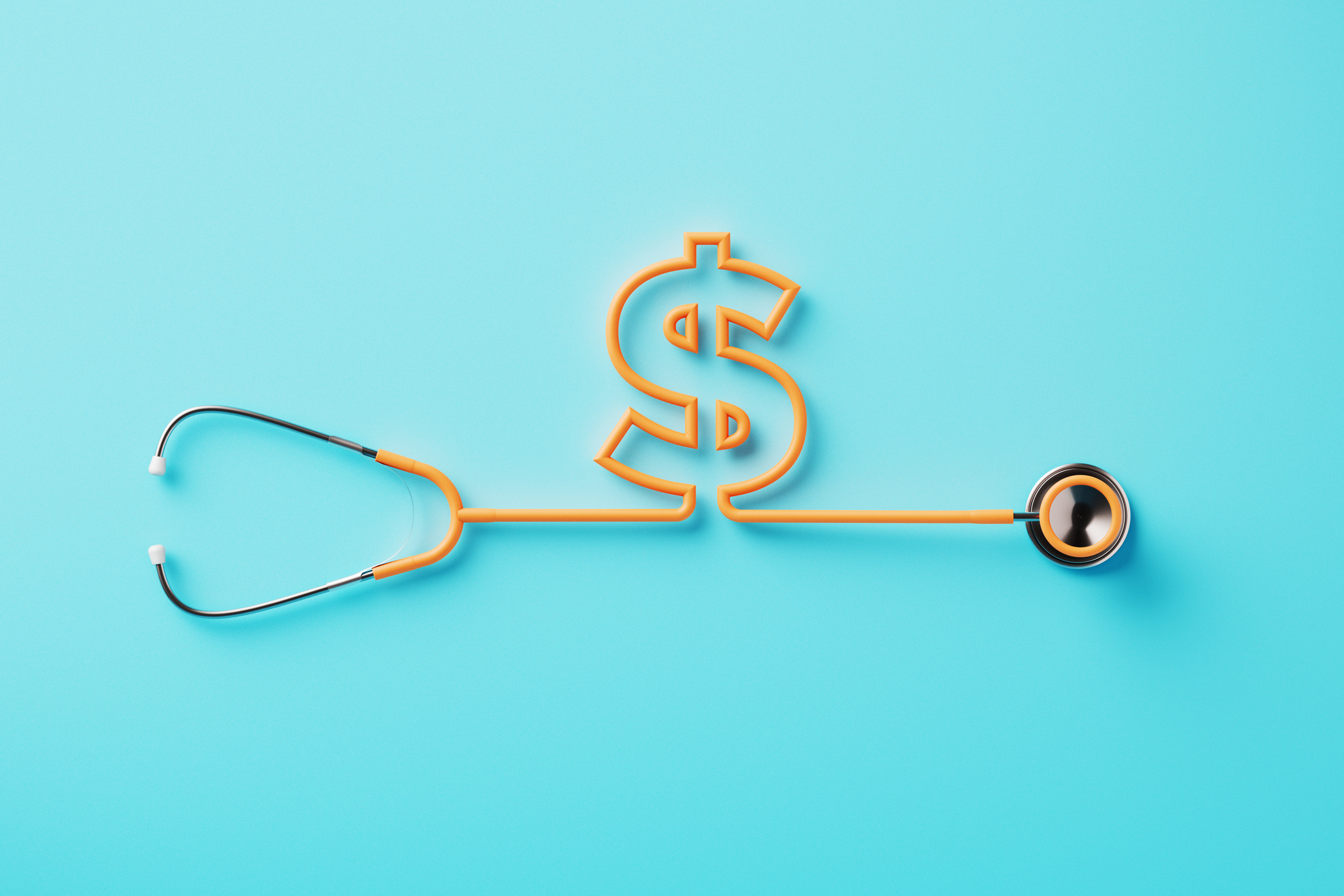 New IRS Changes to FSA Contribution Limits for 2026: What to Know
New IRS Changes to FSA Contribution Limits for 2026: What to KnowHealth Care Flexible Spending Accounts have tax advantages worth looking into, especially in light of new IRS changes.
-
 Is a New $25,000 Health Care Tax Deduction Coming in 2026?
Is a New $25,000 Health Care Tax Deduction Coming in 2026?Tax Policy A proposal from GOP Sen. Josh Hawley adds to the chatter about health care affordability.
-
 3 Ways High-Income Earners Can Maximize Their Charitable Donations in 2025
3 Ways High-Income Earners Can Maximize Their Charitable Donations in 2025Tax Deductions New charitable giving tax rules will soon lower your deduction for donations to charity — here’s what you should do now.
-
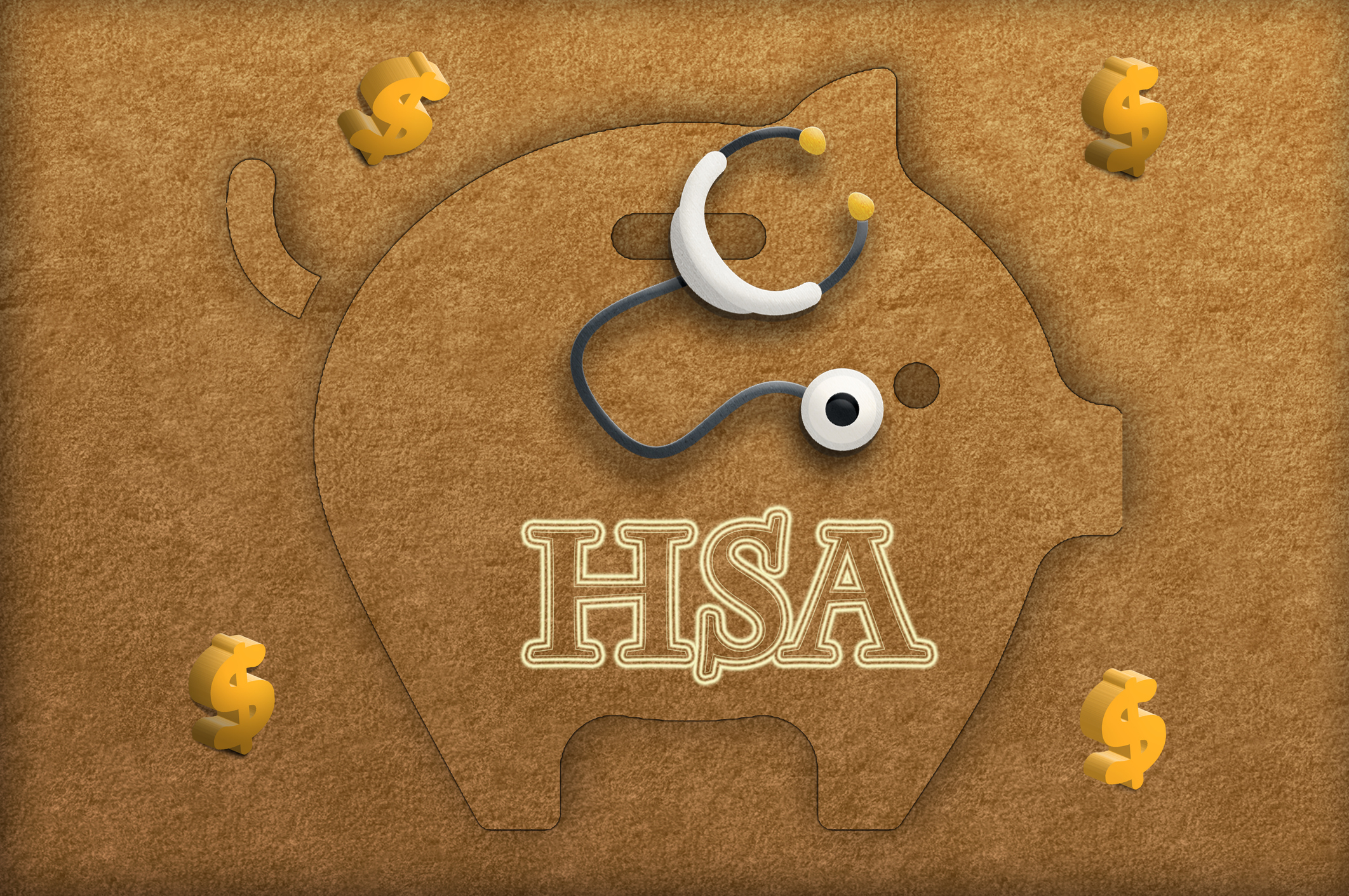 An HSA Sounds Great for Taxes: Here’s Why It Might Not Be Right for You
An HSA Sounds Great for Taxes: Here’s Why It Might Not Be Right for YouHealth Savings Even with the promise of ‘triple tax benefits,’ a health savings account might not be the best health plan option for everyone.
-
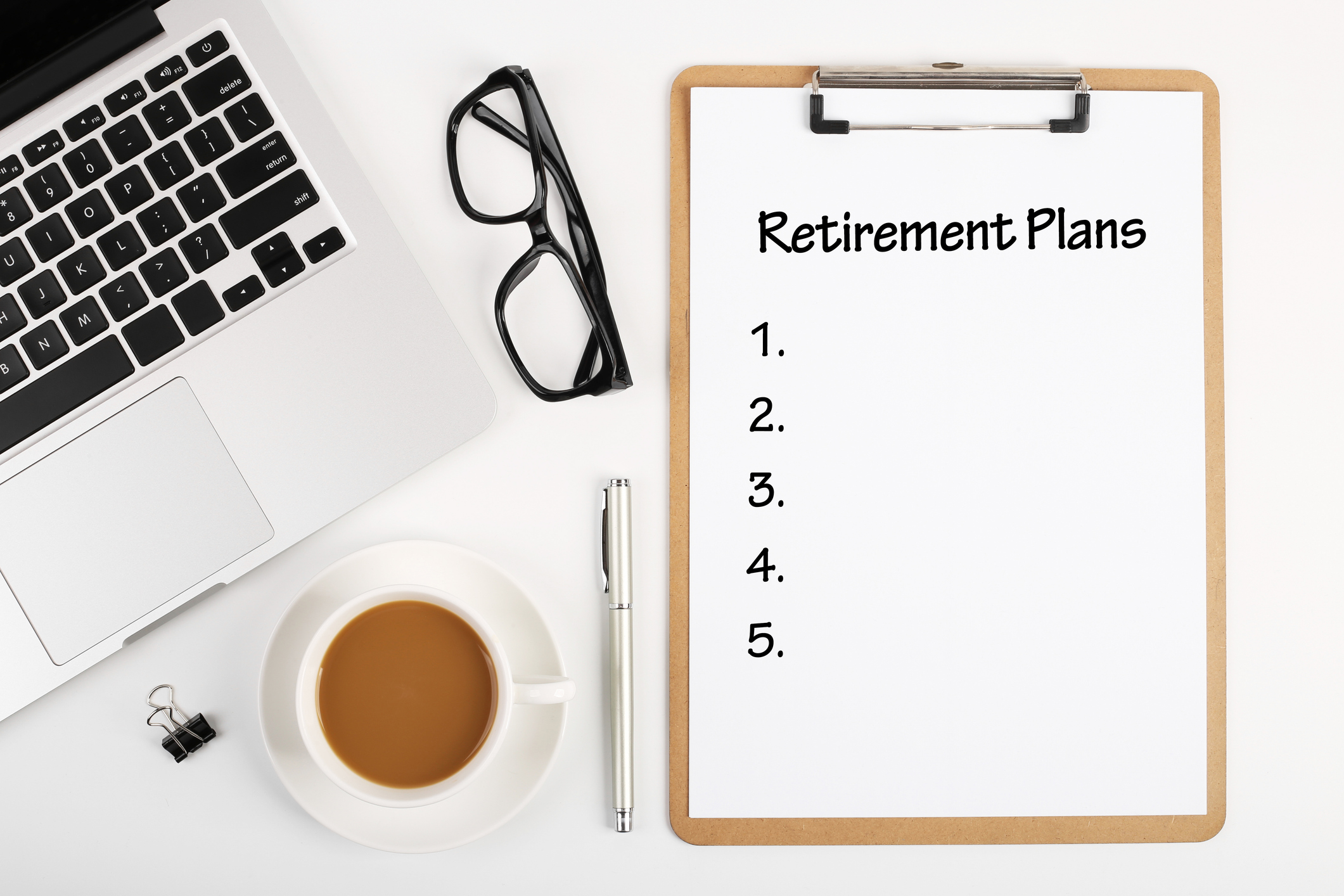 10 Retirement Tax Plan Moves to Make Before December 31
10 Retirement Tax Plan Moves to Make Before December 31Retirement Taxes Proactively reviewing your health coverage, RMDs and IRAs can lower retirement taxes in 2025 and 2026. Here’s how.
